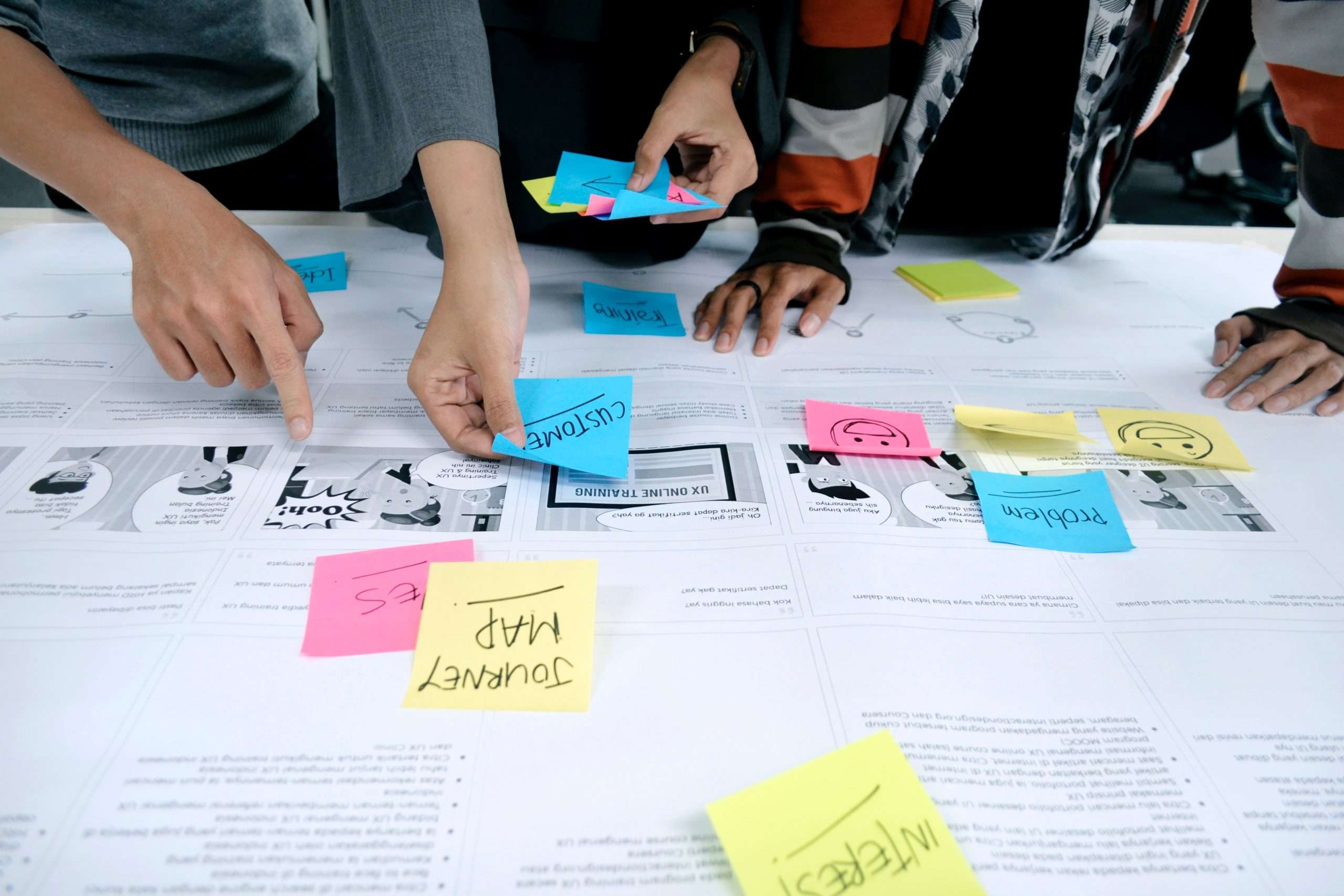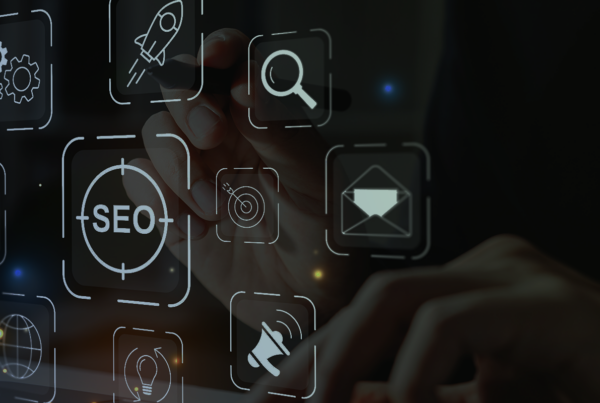With so much going on in the digital landscape, customer interactions and transactions predominantly take place online. The ever-present challenge that businesses face is to be engaging and retaining their audience, and to do so effectively. So, how do organizations identify a challenge and create a solution for that challenge? By taking advantage of the opportunities that email marketing workflows and automations provide. To truly unlock the potential of this powerful tool, you need to refrain from solely relying on one-off email campaigns and incorporate a more holistic email marketing plan through adopting a more strategic approach to emails.
Understanding the Customer Journey
The best approach for establishing a strategic perspective towards email marketing is to first analyze the customer journey. The email marketing customer journey is essentially a concept that has changed the way companies understand and engage with their target audience.
By mapping out the entire spectrum of customer experiences — from initial bedrock of the awareness stage to post-purchase satisfaction once the customer is through the action stage — companies can align their email marketing automations with each stage of the journey. By setting up a strategy that tracks the email marketing customer journey, organizations can go about delivering personalized and meaningful messages that resonate with recipients.
First we need to address the customer journey. It encompasses the entire lifecycle of a customer’s interactions with a business and typically consists of several stages: awareness, consideration (or interest), decision, and, finally, the action (or retention) stage. Each stage presents unique opportunities and challenges that businesses should be utilizing to speak to and engage customers in a way that positively impacts the consumer.
Aligning Email Flows with the Customer Journey
To leverage the power of the customer journey within an email marketing strategy, identifying the points at which a customer moves between the stages is the first step. Once this information is fleshed out, email marketers can then pinpoint where and when to create email flows that feature content that aligns with those stages.
One of the advantages of using automated emails to follow the customer journey is that email automation cuts down on the time of the email marketer — due to the use of creative templates and implementing dynamic content and personalization — to then focus on the consumer and the data behind the decisions that the consumers are making within the customer journey map.
Awareness Stage
Within this initial stage, consumers become aware of your brand or product. As this is the foundation for the email marketing customer journey, there will be more potential customers in this stage rather than further down the email marketing funnel. In the awareness stage, marketers can use pop-ups and sign-up forms to capture customer attention and get them in the door to convert right away, or subscribe to your email list.
The subscription to the email list should trigger a Welcome Series that introduces your brand to the possible new customers, highlights your unique value proposition, and begins providing valuable content and information. The content of this workflow should be focused on nurturing your new subscribers, educating them on offerings, and building trust that will turn the new subscribers and potential customers into loyal customers down the line.
Consideration/Interest Stage
After customers are aware of a brand, they enter a consideration stage where they evaluate various options. This can mean they are doing additional research, comparing different brands that are likely seen as competitors, and ultimately deciding if a brand and product resonate with them enough to purchase. At this stage, it is important to optimize the creative aspects like what the brand aesthetic looks like, as well as the content marketing of the brand (What is the company saying? How are they saying it? Does the messaging get across to the consumer?).
There are a variety of email workflows to consider building for this stage. We have seen browse abandonment flows be extremely successful at this point in the customer journey, but it is important to provide more than just an image and link of what they were looking at. There are a few considerations, then, when it comes to the consideration/interest stage of the email marketing customer journey:
- Adding product benefits
- Showcasing customer testimonials
- Focusing on highlighting unique features
Additionally, to support a browse abandonment flow, a simple way to enhance it would be through adding another layer of personalization through recommended products based on their browsing behaviors.
Personalized emails go a long way within the eyes of consumers. Personalizing the workflows at this stage goes beyond using a subscribers first name in the subject line, it is important to visually showcase what they are missing out on until they finish checking out. You can do this through using dynamic content and pulling in the product(s) that customers were exploring. We have found that consumers enjoy when a company wants them to proceed down the customer journey and experience all that their brand has to offer.
Decision Stage
At the decision stage, customers have made up their minds and are usually ready to make a purchase. Here, leverage email flows to drive conversions by offering exclusive discounts, limited-time promotions, or incentives.
An abandoned cart flow can help nudge customers toward making a buying decision. Showing a customer what they have added to their cart, along with peppering in personalized recommended products — based on what they have waiting for them — has proven to be successful. By doing this in the cart abandonment emails, it is likely to increase a customer’s average order value (AOV) through the flow upsell, making an impact during future stages within the customer journey.
Finding the sweet spot for timing for an abandoned cart flow should be an element that is tested if a company is new to using this flow. The opportunity for the re-engagement of the potential customers is there, they may just need to be pushed over the line. And note that it may take a few weeks to determine the best time delay after someone has left their cart, but we have found between three and five hours to be a good place to start.
Retention/Action Stage
After a customer completes their checkout and makes a purchase, it’s crucial to nurture the existing customer relationship and encourage repeat business. At this stage, there are many opportunities for email workflows to be set up.
Utilizing automations like a post-purchase workflow can offer additional support, express gratitude, and offer loyalty rewards. After a subscriber has converted, consider sending product tips, instructions, and more information that is personalized based on their order. Other email flow opportunities after the customers’ order has arrived can consist of cross-sell recommendations, product requests in the form of customer reviews, and encouraging subscribers to connect with your brand on other platforms such as social media channels like Instagram, Twitter, and Facebook.
So, What’s the Point in Having an Email Marketing Customer Journey?
Automation and triggered workflow emails play a vital role as a compelling marketing tool to deliver timely and relevant messages, allowing for a company to engage with customers at crucial touchpoints. Whether it’s a welcome email, an abandoned cart reminder, or a post-purchase follow-up, automation ensures that the right message reaches the right person at the right time, fostering loyalty and driving conversions.
Utilizing the customer journey map as the ballast in email marketing will lead as the compass to success. Embrace personalized emails, leverage automation, and continuously optimize your email flows. By doing so, it’ll not only effectively engage customers but also build a strong foundation of brand loyalty and advocacy.
Ready to transform your email marketing from mere messages in an inbox to a powerful tool that guides customers toward meaningful connections, conversions, and long-lasting relationships? Let’s get started.









